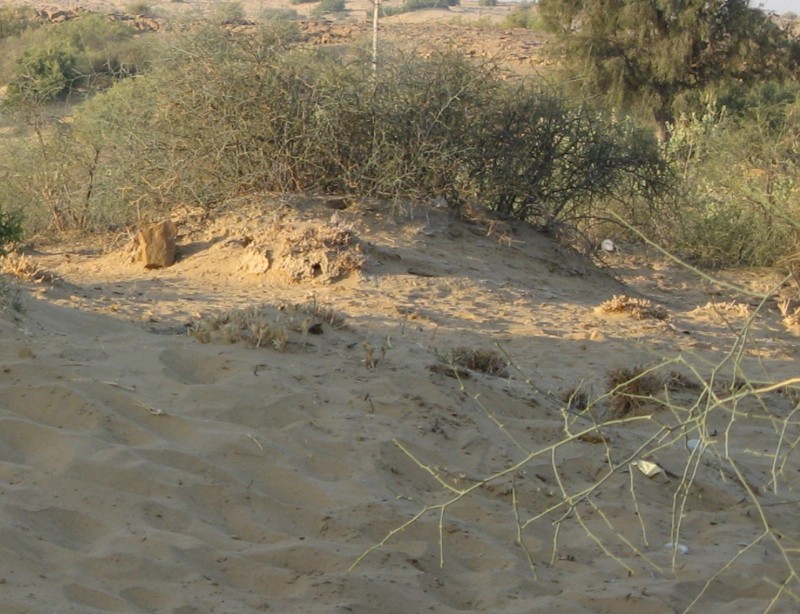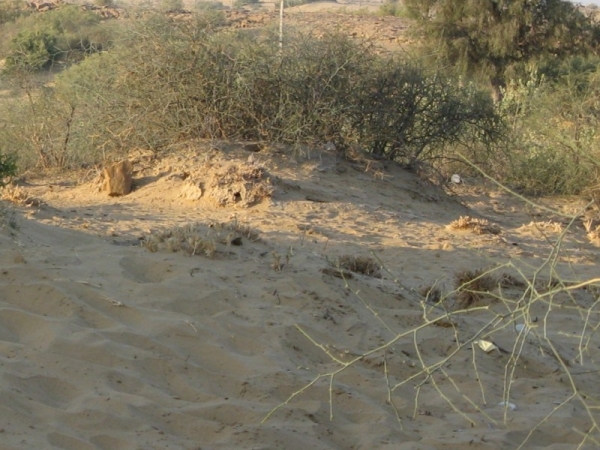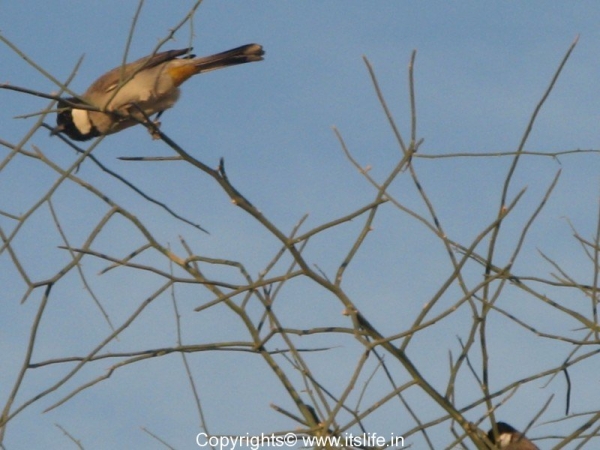Picture1 – Ker photographed in Jaisalmer
The plants in the desert of Rajasthan are remarkable thriving in regions where the rain fall is just 2 cm a year. A plant that I took an instant liking was the Ker tree with leafless bright green stems with tiny thorns creating an abstract shape on the sandy canvas.
Picture2 – White Cheeked Bulbul on a Ker plant
Plant Summary:
The botanical name of this tree is Cappari deciduas, which belongs to the family Capparaceae*. The plant grows to a height of 4 to 5 meters. Leaves are extremely small about 2mm, which goes unnoticed. The flowers are orange.
Picture3 – Ker Flower
The fruit of this tree is consumed by the people of Rajasthan. The fruit, which is green when raw, is sour to taste, which is pickled. The ripe fruit is round and pink, is used in many dishes in this region. The ripe fruit is dried, which turns black and then used in various side dishes like Ker Sangri and also used in pickles. Birds are attracted to the fruit of this plant.
Picture4 – Raw and Ripe Ker Fruit
As the desert region has very less vegetables and fruits growing, the ker is collected and dried in shade to be used whenever required.
Picture5 – Dried Ker
Ker tree needs very less water to grow and survives in the harsh desert climate. This plant is also native to Chad, Egypt, Ethiopia, India, Iran, Jordan, Mauritania, Niger, Nigeria, Pakistan, Senegal, Somalia, South Africa, and Sudan. The plant grows in alkaline, sandy, shallow and hard soils.
Medicinal Value:
The root of this plant is used in Ayurveda to cure swollen joints.
*Capparidaceae (Capparaceae; order Capparidales) A family of dicotyledonous (Dicotyledoneae) plants most of which are shrubs and small trees.




